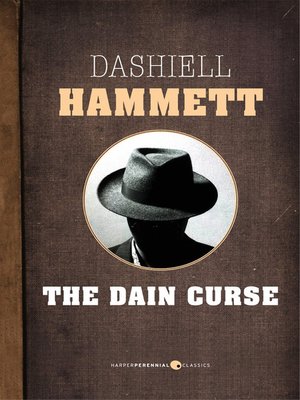

Fortunately, for the mystery-challenged, people like myself, the backstory is given as the end of each of the three parts, along with the Continental Op’s take on the case. Like picking up clues as you read and solving the mystery before reaching the end? Good luck with this one – events are packed so tight and happen so fast, it is like trying to identify each note while listening to a Paganini Caprice. His black and white cloths were well made and cared for.” I quote the detective’s entire study to underscore how careful and laser-sharp observation is required at each step and phase in his solving this complex, convoluted case. His lips were thin, sharp, nimble, over a small, bony chin. His nose was long, thin, and high-bridged. Red-brown eyes were abnormally bright behind horn-rimmed spectacles.

Dark hair, worth rather long, curled above and around the broad, grooved forehead. He would have been handsome if his brown face hadn’t been so deeply marked with sharp, hard lines across the forehead and from the nostrils down across mouth-corners. He was a dark-skinned erect man in his middle forties, muscularly slender and of medium height. For example, here is an account of his first-time meeting a scientist by the name of Edgar Leggett, “His voice was unexpectedly harsh, rasping, though he manner was friendly enough. The unnamed Continental Op detective tells the tale in crisp, exacting language as he describes the people and places and situations he encounters. Within the novel’s pages, here is a sampling of what a reader will encounter:

The Dain Curse by Dashiell Hammett, father of the modern crime novel, is not only an action-packed tale of misdeeds and murder, but a study of 1920s American culture and society.


 0 kommentar(er)
0 kommentar(er)
